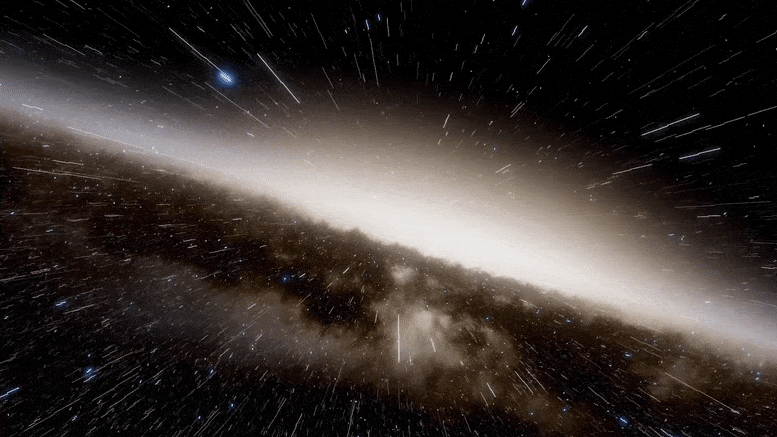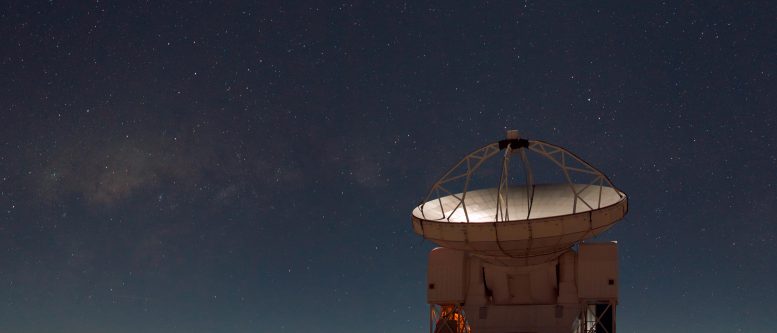
[ad_1]

An international team of researchers discovered a dense, cold gas that was expelled from the center of the Milky Way “Like bullets.”
It remains a mystery exactly how the gas was ejected, but the research team, including Professor Naomi McClure-Griffiths of The Australian National University (ANU), say their findings could have important implications for the future of our galaxy.
“Galaxies can be very good at shooting themselves in the foot,” said Professor McClure-Griffiths.
“When you remove a lot of mass, you lose some of the material that could be used to form stars, and if you lose enough of it, the galaxy cannot form stars at all.
“So being able to see clues of the Milky Way losing this star-forming gas is pretty exciting – it makes you wonder what’s going to happen next!”

The Atacama Pathfinder Experiment (APEX), on the 5,000-meter-high plateau of Chajnantor in the Chilean Andes. Credit: ESO / B. Tafreshi / TWAN (twanight.org)
The study also raises new questions about what is happening right now in our galactic center.
“The wind at the center of the Milky Way has been the subject of much debate since the discovery ten years ago of the so-called Fermi bubbles – two giant orbs filled with hot gases and cosmic rays,” the professor said. McClure-Griffiths.
“We observed that there are not only hot gases coming from the center of our galaxy, but also cold and very dense gases.
“This cold gas is much heavier, so it moves less easily.”
The center of the Milky Way is home to a massive black hole, but it is not known if this black hole blew the gas out or if it was blown out by the thousands of massive stars at the center of the galaxy.
“We don’t know how the black hole or star formation can produce this phenomenon. We’re still looking for the smoking gun, but it gets more complicated as we learn more, ”said lead author Dr. Enrico Di Teodoro of Johns Hopkins University.
“This is the first time that something like this has been observed in our galaxy. We see this kind of process happening in other galaxies. But, with the outer galaxies you get much more massive black holes, the star formation activity is higher, it is easier for the galaxy to expel material.
“And these other galaxies are obviously very far away, we can’t see them in a lot of detail.
“Our own galaxy is almost like a laboratory that we can actually walk into and try to understand how things work by looking at them closely.”
The research was published in the journal Nature.
###
Reference: August 19, 2020, Nature.
DOI: 10.1038 / s41586-020-2595-z
The gas was observed using the Atacama Pathfinder EXperiment (APEX) operated by the European Southern Observatory (THIS) in Chile.
[ad_2]
Source link